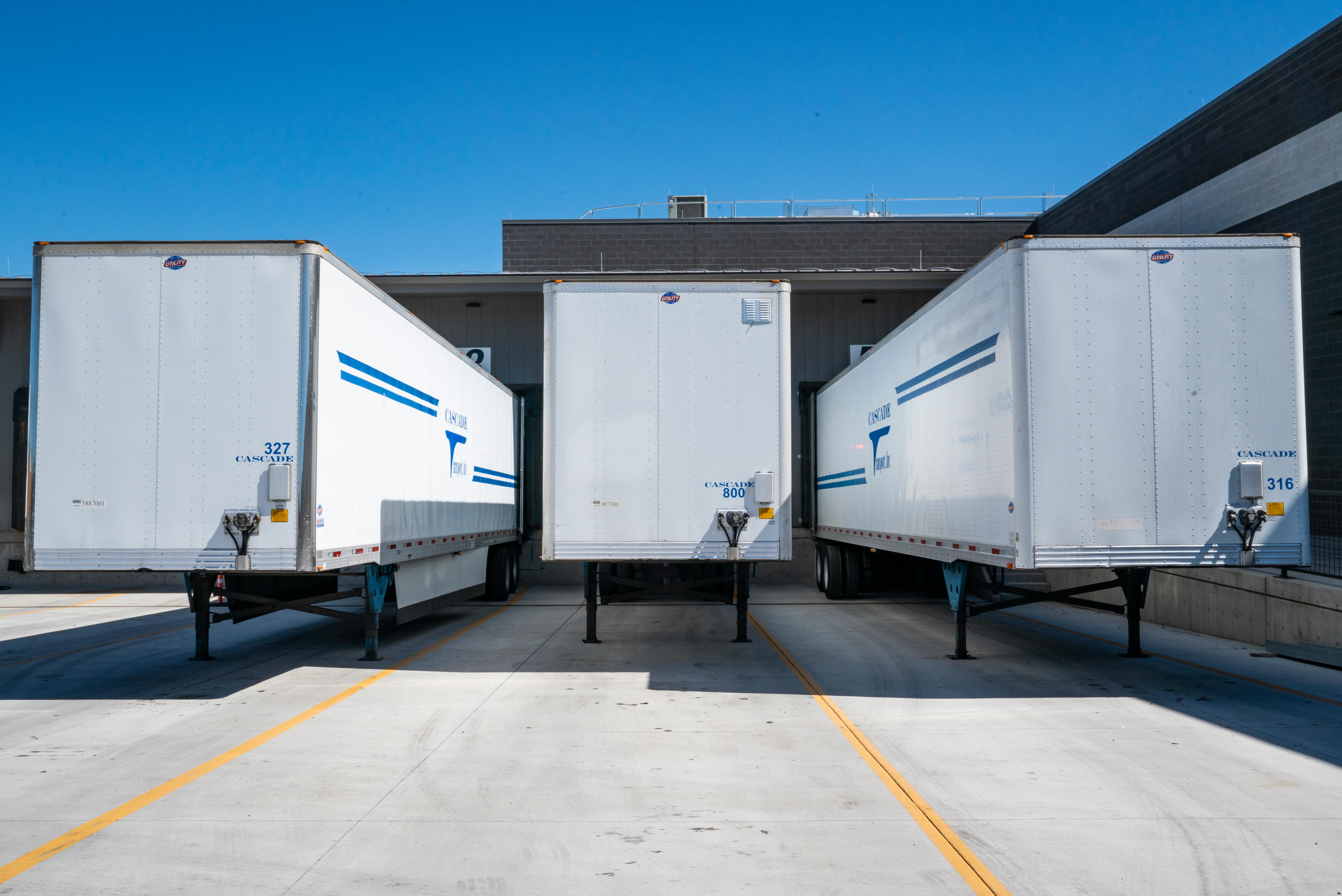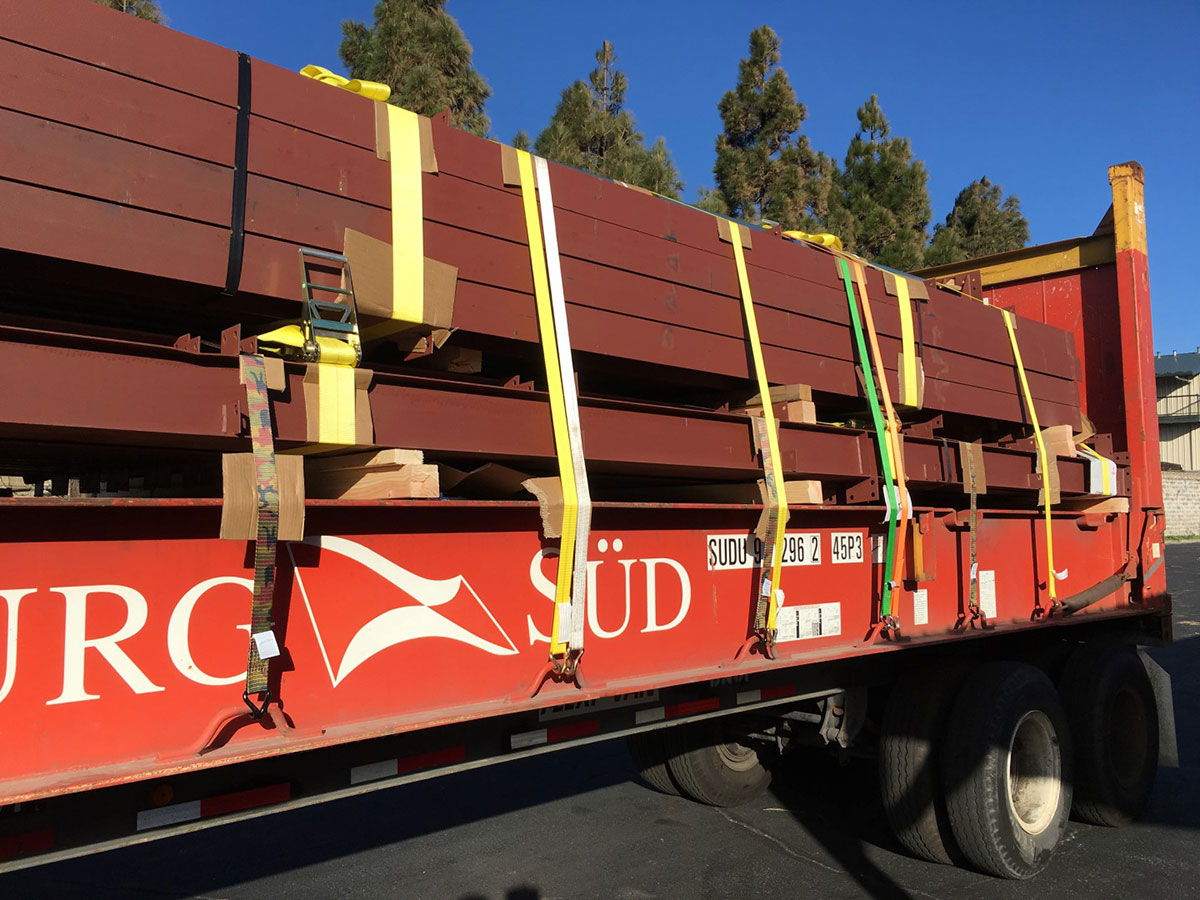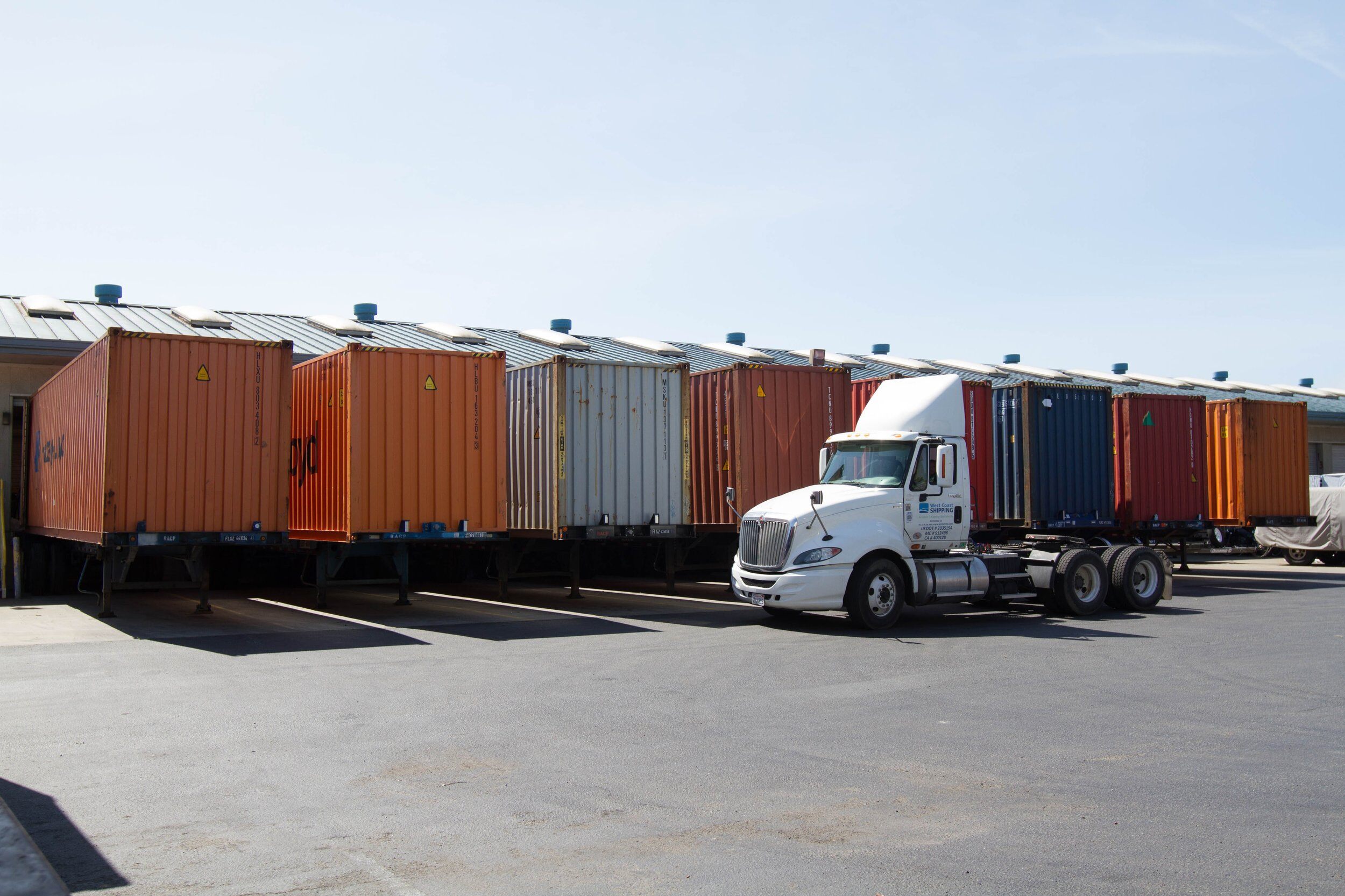Miami Port Container Drayage: Intermodal Logistics & Driver Service
Miami’s premier container drayage hub keeps the Port of Miami and Port Everglades moving — and your supply chain on time. This guide shows importers, exporters, and 3PLs how a premier drayage company combines intermodal logistics, dedicated driver service, and purpose-built chassis to move cargo seamlessly throughout North America. You’ll see what matters most when selecting a reliable drayage provider, how intermodal rail lowers total freight cost, and why tech-enabled dispatch is redefining port operations.
Outline
-
What Is Miami Port Container Drayage & Why Does It Matter?
-
How Do Intermodal Logistics Cut Costs for Port of Miami Shippers?
-
Which Container Drayage Services Keep Cargo Flowing?
-
Why Does Chassis Availability Define Port Efficiency?
-
What Makes a Reliable Drayage Provider & Driver Network?
-
How Do Warehouse & Storage Options Enhance Service?
-
Can Overweight & Dry-Van Loads Move on the Same Fleet?
-
How Do Technology Tools Deliver End-to-End Visibility?
-
What Sets Port of Miami Drayage Apart from Other U.S. Ports?
-
Five Steps to Request a Rapid Drayage Quote & Optimize Your Supply Chain
1. What Is Miami Port Container Drayage & Why Does It Matter?
Drayage is the short-distance movement of a loaded or empty container between a port or rail ramp and a local warehouse or distribution point. In a high-volume gateway such as the Port of Miami, drayage service links ocean shipping to interstate truck and intermodal rail, making it the critical first mile of any international cargo move.
Every minute a box sits on a terminal, charges rise and schedules slip. Partnering with a dedicated drayage company keeps shipment velocity high and detention costs low, ensuring on-time delivery to Florida’s booming consumer market and beyond.
2. How Do Intermodal Logistics Cut Costs for Port of Miami Shippers?
Intermodal combines truck, rail, and ocean to move freight throughout North America with fewer highway miles, less fuel, and lower emissions. Miami’s Florida East Coast (FEC) railway connects directly to on-dock railyards, enabling fast transfers from vessel to stack train in hours. A single intermodal move can reduce line-haul spend by up to 25 percent compared with all-truck transport to destinations above 750 miles.
Because containers stay sealed door-to-door, shippers avoid double handling, shrink cargo-damage risk, and simplify customs for inland ports such as Atlanta, Memphis, and Dallas.
3. Which Container Drayage Services Keep Cargo Flowing?
A full-service Miami drayage provider offers:
-
Live load & unload – the driver waits while customers stuff or unstuff the box.
-
Pre-pull – containers exit the port before free time ends, then sit safely in-yard.
-
Drop & pick – the trucker leaves the box at your dock, returns later for the empty.
-
Overweight handling – specialized 20’ chassis rated to 50 short tons.
-
Container drayage services to and from the FEC rail ramp, local warehouse, or airport forwarders for air-sea conversions.
These drayage solutions protect against demurrage, detention, and port congestion while giving importers flexibility on dock schedules.
4. Why Does Chassis Availability Define Port Efficiency?
Without the right chassis, a container can’t roll. Asset-based fleets own 20’, 40’ and extendable 45’ units, plus tri-axles for overweight loads. This self-sufficiency shields customers from pool shortages that spike during peak season. Real-time chassis GPS lets dispatchers redeploy equipment quickly, keeping the fleet balanced and lead time short.
5. What Makes a Reliable Drayage Provider & Driver Network?
-
TWIC-certified company drivers with ELD-equipped day cabs know port gate systems and appointment rules.
-
Tank-endorsed and haz-mat trained operators handle specialized cargo safely.
-
24/7 bilingual dispatch ensures rapid exception handling and timely updates.
-
Cargo insurance and vetted safety scores protect high-value shipments across all drayage solutions.
A premier provider assigns a single point of contact to manage the entire port-to-door move, delivering professional customer care from quote to POD.
6. How Do Warehouse & Storage Options Enhance Service?
Integrated warehouse campuses within five miles of the port enable cross-dock distribution, long-term yard storage options, and last free-day protection. Transloading from 40’ shipping containers into domestic 53’ dry-van trailers can cut inland transport spend 15 percent and speed re-labeling for retail compliance.
7. Can Overweight & Dry-Van Loads Move on the Same Fleet?
Yes. Miami drayage carriers maintain multi-axle trailers and heavy-haul approvals for 20’ units exceeding 48,000 lbs. The same truck fleet also supports standard dry 40’ boxes and reefer power connections, covering every cargo type from perishables to project freight. This flexibility eliminates multiple vendors and streamlines logistics services under one roof.
8. What Sets Port of Miami Drayage Apart from Other U.S. Ports?
-
Shortest ocean transit from Latin America, with daily feeder loops and Caribbean hubs.
-
Direct FEC on-dock rail linking to 70+ inland ramps throughout North America.
-
24-hour gate pilot programs reducing late-night backlog.
-
Strategically located storage options and secure yards along I-95 for rapid redeployment.
Miami’s gateway stature, combined with tech-enabled drayage service, makes it a top choice for import, export, and FTZ warehousing.
10. Five Steps to Request a Rapid Drayage Quote & Optimize Your Supply Chain
-
Gather details – container size, weight, pickup terminal, destination address, and ready date.
-
Submit online – use MiamiDrayage.com’s instant quote tool for haul + chassis pricing.
-
Review options – select live unload, drop, or pre-pull; add yard storage if needed.
-
Book & track – receive confirmation and real-time GPS once the driver pulls the box.
-
Analyze KPIs – post-delivery metrics highlight wait time, turn-time, and lane cost for continuous improvement.
Key Takeaways
-
Drayage is the essential port-to-warehouse link that keeps global cargo moving.
-
Asset-based Miami carriers own chassis and day cabs, ensuring dependable service even during peak port demand.
-
Intermodal rail via FEC cuts long-haul costs and carbon footprint across the eastern U.S. corridor.
-
Integrated warehouse and storage options protect against demurrage and enable cross-dock distribution.
-
Technology-driven dispatch offers full visibility, automated quote tools, and proactive exception alerts.
- Selecting a reliable drayage provider safeguards on-time delivery, lowers fees, and strengthens the entire supply chain.
You May Also Like
These Related Stories

Miami Container Drayage: Truck & Warehouse near Port of Miami

What Is Container Drayage? Beginner’s Guide | Miami Container Trucking


